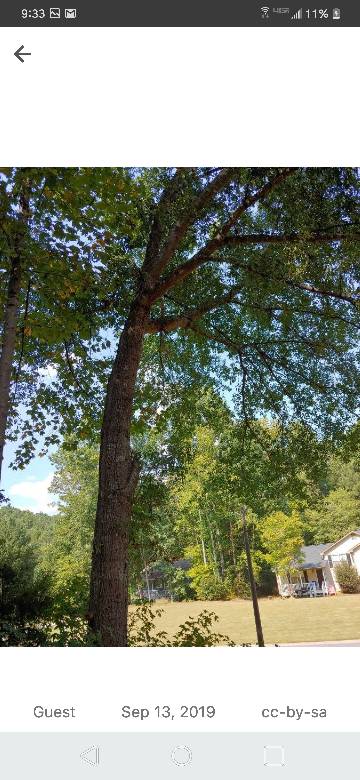I did some searching on the English names and found on Wikipedia their Latin names.
So the wood on my pictures is called Picea on Latin, that is Spruce in English.
Fir is called Abies on Latin, this tree is very similar but have as I recall larger needles with a brighter green color.
The names on these two variations in my language is basically the same but Fir/Abies have an additional name to it.
Thanks for your effort, now I know the difference of Fir and Spruce.
I was told by my neighbor which have been a carpenter (now retired) that the wood they use in construction generally comes from areas where there is longer/colder winters, the reason is that in this case the trees stop growing in the winter making the wood denser/stronger.
The wood on my pictures are really light and would not be used in commercial construction, too warm and short winters makes the tree grow all year making the wood really light and less dense.
However I have got permission from the land owner to do whatever I want with all wood that is storm felled and it's a lot of it, there goes a couple of trees every autumn/winter storms too so I am just grateful.


































































